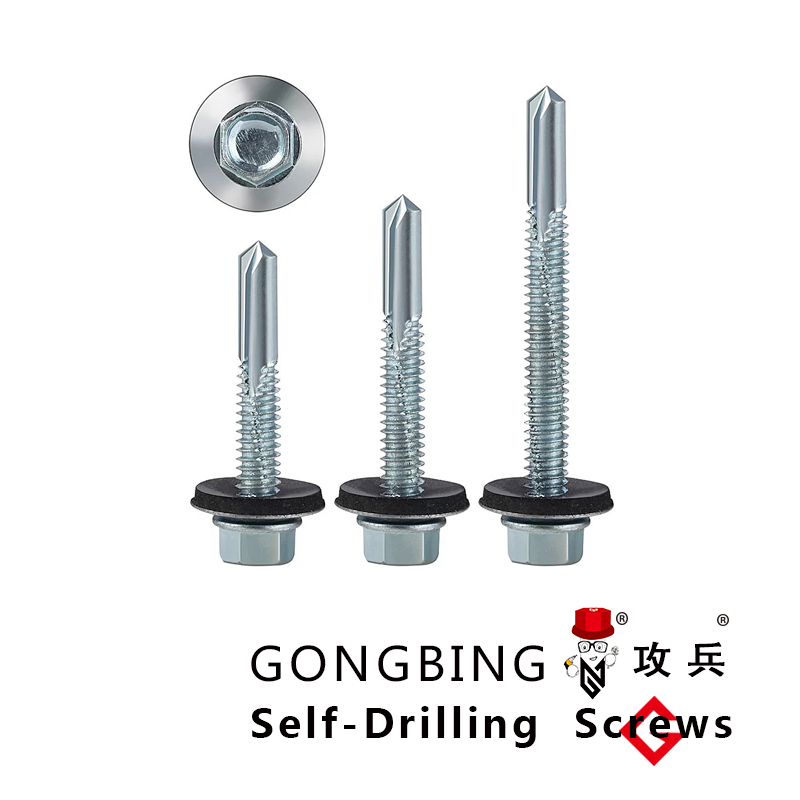Design Principles and Strategies for Effective Lateral Bracing in Steel Structures
Understanding Steel Lateral Bracing Enhancing Structural Stability
Introduction
In the realm of civil and structural engineering, ensuring the stability and safety of buildings and other infrastructure is crucial. One critical aspect of this design process is the incorporation of lateral bracing systems, particularly in steel structures. Lateral bracing plays a vital role in resisting lateral forces, such as those created by wind or seismic activity, thereby enhancing the overall stability of a structure.
What is Lateral Bracing?
Lateral bracing refers to the system of members designed to resist lateral loads in a structure. These loads can originate from various sources, including wind, earthquakes, and uneven loading conditions. In steel construction, lateral bracing typically involves the use of steel members, such as braces, beams, and columns, strategically placed to form a truss-like configuration. The primary function of these braces is to provide support and prevent excessive deformation or collapse of the structure during lateral force events.
Types of Lateral Bracing Systems
Lateral bracing systems can be categorized into several types, each suited for different structural requirements and scenarios
1. X-Bracing One of the most commonly used forms of lateral bracing, X-bracing involves diagonal members that cross each other in an X shape. This configuration effectively transfers lateral forces through tension and compression, creating a stable framework.
2. K-Bracing In K-bracing systems, diagonal members connect to the center of a vertical member, creating a K shape. This design offers improved aesthetics and can be less intrusive in terms of space while still providing significant lateral support.
3. V-Bracing V-bracing features diagonal members that extend from a central vertical member to the base, forming a V shape. This system is particularly useful in areas where vertical height is limited and can be more straightforward to install.
4. Diagonal Bracing This is a simplified form of bracing where individual diagonal members are added between vertical and horizontal members without forming any specific geometric shape. It’s often used in combination with other bracing methods for enhanced stability.
5. Shear Walls While not strictly a bracing system, shear walls (thick concrete or steel walls) provide significant lateral support by distributing forces and increasing the overall rigidity of a building.
steel lateral bracing

Design Considerations
When designing a lateral bracing system, engineers must consider several factors to ensure effectiveness and compliance with building codes
- Material Strength Steel's inherent strength and flexibility make it an ideal choice for bracing systems. However, it’s essential to select appropriate grades and ensure proper connections to prevent failure.
- Load Calculations Engineers must accurately calculate potential lateral loads based on the structure's location, height, and use. This assessment informs the choice of bracing type and the dimensions of members needed.
- Aesthetics and Space In urban environments, structural systems must not only be functional but also visually appealing. The design of lateral bracing should consider how it integrates with the overall architectural vision.
- Connection Design The joints and connections in a bracing system are critical for its performance. Adequate detailing and material selection at these points can significantly affect the stability and longevity of the bracing system.
Case Studies
Various notable structures have effectively implemented lateral bracing
- Willis Tower (formerly Sears Tower) in Chicago utilizes a bundled tube structure with a unique bracing system that contributes to its iconic shape and incredible wind resistance.
- The Taipei 101, recognized for its revolutionary design, employs a supplemental damping system along with X-bracing to withstand Typhoon winds and seismic activity.
Conclusion
Steel lateral bracing is an indispensable component in modern structural engineering, significantly enhancing the resilience and safety of buildings. By effectively resisting lateral forces, these systems ensure that structures can withstand the challenges posed by nature. As urban areas continue to grow and evolve, the importance of innovative lateral bracing solutions will only increase, highlighting the need for continued research and development in this vital field. So, whether it’s a towering skyscraper or a smaller commercial building, the role of steel lateral bracing remains crucial in safeguarding our built environment against the forces of nature.
-
Weatherproof Plastic Expansion Anchors for OutdoorXəbərlərJun.06,2025
-
Sustainability in the Supply Chain: Eco-Friendly TEK Screws ProductionXəbərlərJun.06,2025
-
Load-Bearing Capacity of External Insulation FixingsXəbərlərJun.06,2025
-
Double Head Bolts: Enhancing Efficiency in Industrial MachineryXəbərlərJun.06,2025
-
Corrosion Resistance in Chipboard Screws: Coatings for Wholesale DurabilityXəbərlərJun.06,2025
-
Butterfly Toggle Bolts : Enhancing Structural ResilienceXəbərlərJun.06,2025
